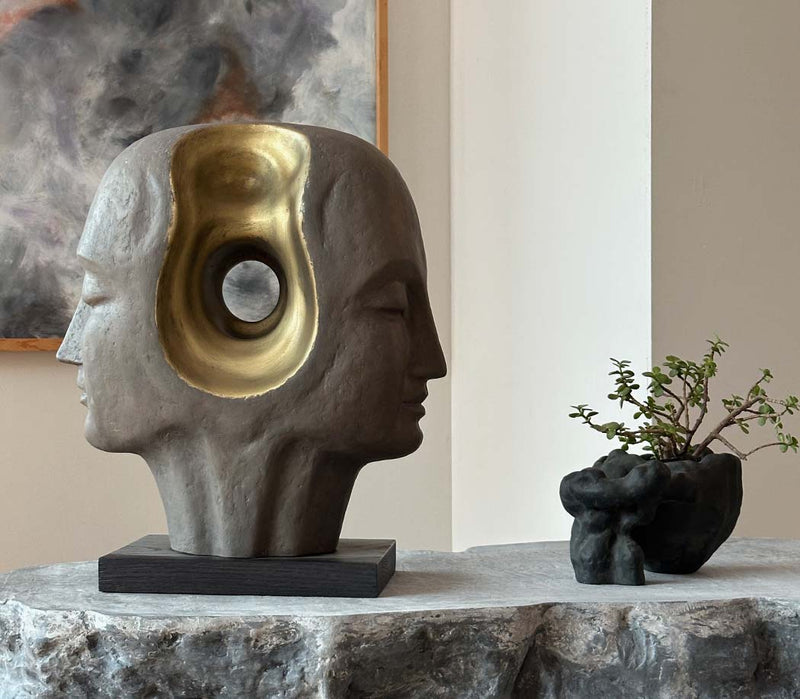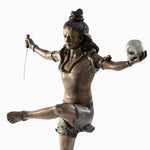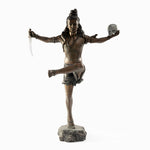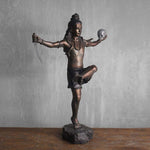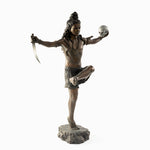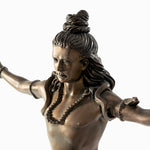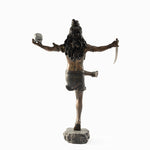Tandava - The Primodial Dance
The ancient Images and mention of “Shiva” in various forms have been found in the 5000 year old Harappa civilization, the ancient texts of Rig veda , ancient temples of China and South east Asia, all pointing to the immense impact of Shiva on these human civilizations – perhaps the very first ones on planet Earth.
“Shiva” brings about so many diverse images to one’s mind, which is why he is addressed by many diverse names as well.In most images of Nataraj (the king of dance), Shiva is shown as performing the tandava dance. This dance form was created by Shiva. It is art-form, a tantric practice as well as an invigorating exercise.
Tandava is derived from “ta’ndu” or “jumping habit”. It represents life and vitality. It represents the eternal fight, the fight for survival, the fight to maintain existence, the fight to establish oneself as a man in this world. It represents the fight and struggle to overcome death. The skull is used as a symbol of death and the knife as a symbol of life and fight. Shiva is shown with matted hair (Dhurjati), wearing a tiger skin (Vyaghrambara). The snake around his neck shows him to be fearless as well as sharing a loving relationship with even the deadliest of animals.
While creating a link and adjustment between the two, rhythms were invented, the common term for which is tála: the tá of táńava and the la of lalita. These formed the basis of “Indo-Aryan” music, which exist as two schools, the Áryávarta School and the Dákśinátya School. The common name for the Áryávarta School is Hindustani Sangeet, and that for the Dákśinátya School is Karnatik Sangeet
Thoughtfully designed and handcrafted in India using premium stone composite. Each piece is unique, reflecting the individual touch of the artisan. Natural variations and surface imperfections are inherent to the handmade process and highlight its authenticity.
Finish : Aged Brass and Aluminum Finish
Dimension : 25.50" (Height) x 18.00" (Width) x 11.00" (Depth)
Studio Renaissance objects/sculptures need proper care to maintain their beauty, prevent damage, and ensure longevity. Follow these guidelines for the best upkeep.
Cleaning & Maintenance
- Use a soft, dry microfiber cloth or a feather duster to remove dust and dirt.
- If needed, wipe gently with a slightly damp cloth. Avoid rubbing harshly to prevent any damage to the finish.
- Do not use abrasive scrubbers, strong detergents, or chemical-based cleaners, as they may damage the finished surface.
- Avoid prolonged exposure to direct sunlight as it dull and damage damage the finish.
Delivery typically takes 5–10 business days, depending on the product and destination. In the event of any unforeseen delay, we will notify you promptly after your order is placed. If you prefer a refund due to the delay, we will be happy to process it.
